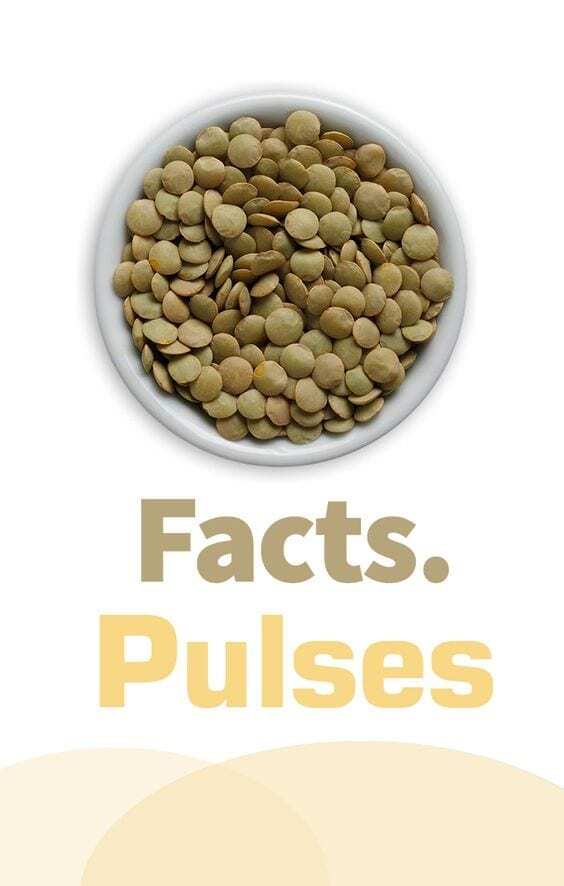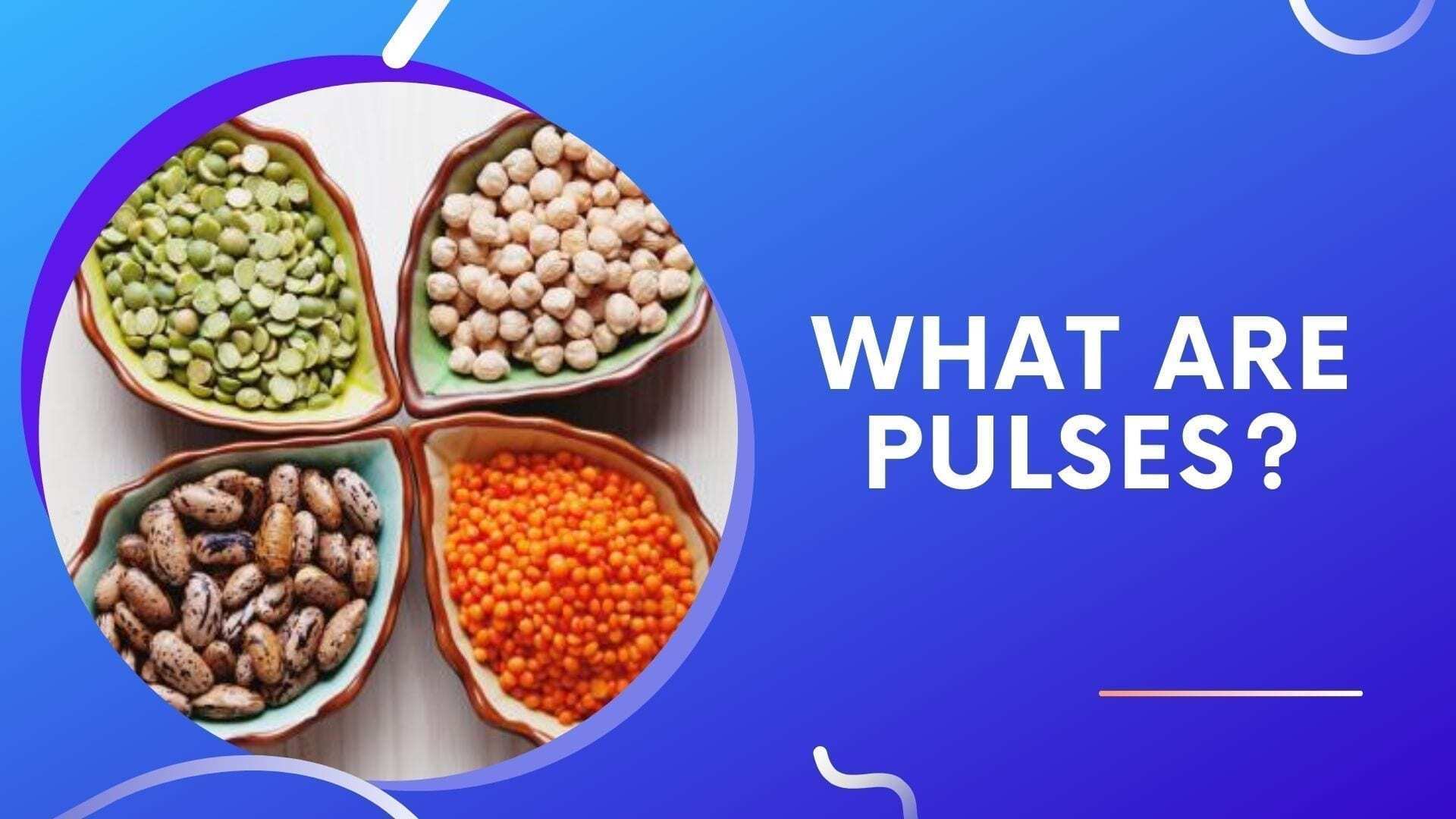Have you heard of ‘pulses’ before? But aren’t sure what pulses are or their benefits?
In a nutshell, pulses are seeds from crops that grow in a pod (these crop plants are known as legumes).
Do pulses make you fart? Yes. But don’t worry because pulse plant-based health benefits are quite impressive.
For example, did you know that pulses provide roughly twice the protein as whole grains?
Their incredible protein concentration is one reason why about 10% of the world’s protein consumption is from pulses.
Interestingly too, the fiber content of the legume family in general is extraordinarily high while the fat content is simultaneously close to 0%.
You can easily incorporate pulses into your diet without too much effort. Pulses are like little vegan supplements you can take to boost your health with most of the same benefits!
So What Are Pulses?

Pulses are part of the legume family which includes other foods you’re familiar with like beans and green split peas.
The United Nations Food and Agriculture Organization says there are 11 main types of pulses:
- Bambara beans
- Vetches
- Lupins
- Dry kidney beans
- Chickpeas
- Dry peas (different than regular peas)
- Dry beans
- Cow peas
- Dry broad beans
- Pigeon peas
- Lentils
These 11 main types of pulses include other sub-types like:
- Garden peas
- Butter beans
- Pinto beans
- Other types of beans you may never have heard of (flageolet, borlotti, haricots, etc)
Furthermore, a few years ago the United Nations recognized 2016 as the International Year of Pulses.
The last time before 2016 that the United Nations listed an official food year was in 2013 for quinoa. Since then quinoa has exploded in popularity because of its incredible health benefits.
We’ll cover some of the health benefits down below.
But first, let’s talk about how pulses got their name in the first place.
Why Are Pulses Called Pulses?
I know it may sound like your heart beat, but the word ‘pulse’ actually comes from the latin words ‘puls’ or ‘’pultis’.
These words mean ‘thick’ and ‘thick soup’, respectively.
How does thick soup fit in? This brings me to our next topic …
How Do You Cook With Pulses?
Speaking of thick soup, most pulses are either dried or canned.
For canned pulses, it’s easy. They’ve already been soaked, so you just need to dump them into your salad or whatever other dish you think would pair well.
My favorite canned pulses are chickpeas, which you can easily buy at the store. From there you can quickly add to quesadillas, mix with black beans for variety, or eat alongside some other food.
Dried pulses, on the other hand, are a different story.
Dried pulses need to be soaked very thoroughly before you attempt to eat them.
Why? For starters dried kidney beans are rock hard and do contain poisons if not cooked so you better be sure to soak them and boil them properly.
Cooking Instructions For Dry Kidney Beans
Let’s start off with dry kidney beans as an example.
Please note that these guidelines are how you can cook all types of dry pulses, including dry peas and beans.
Here’s how to cook kidney beans:
- Put the beans in a pot of water for 12 or more hours
- Drain all the water and then replace the water with fresh water
- Boil intensely for 10 or more minutes
- Let the beans simmer on low heat for 50-60 minutes
- Check the beans periodically to see if tender
But what about storing once you cook them?
Storing Instructions
So let’s pretend you just boiled up a big batch of dry pulses, which are now cooked pulses.
Maybe you ate some and got all that protein that pulses contain, but now you are full and have a ton of leftovers.
So now the question, how do you store to eat later on?
It’s pretty easy turns out! Generally speaking here is how you store these wonderful foods:
- Cool them in the refrigerator or freezer
- If cooled in the refrigerator, try to eat within 3 days
- If frozen, can be they eaten at a much later date. Try not to go beyond 6 months though as a rule of thumb.
Not too bad, eh?
So now that you know all about cooking and storing, let’s talk about the various benefits of these edible seeds!
What Are The Health Benefits?
Pulses are extremely nutritious and generally speaking good for the environment too.
In terms of nutrition, they contain many important nutrients such as:
- Iron (see link here for more info on iron consumption via pulses)
- Zinc
- B-vitamins
- Lots of protein
Overall, these seeds are a good source of protein and fiber.
And this combination of fiber and protein really helps control blood sugar levels and weight.
Fiber and protein work together for body weight management because these foods digest more slowly. That way you avoid eating too much because after you eat then you don’t get immediately hungry again.
Plus, the fiber in pulses can help with gut health, blood cholesterol and blood pressure.
No wonder the United Nations dedicated an entire year to these healthy seeds!
The United Nations is smart. See, pulses are made from plants.
Unlike meat which requires a lot of water and land to produce, these seeds require very little water and land.
Oh, and pulses are also considered to be one of the few ‘nitrogen-fixing’ crops, which helps enhance the sustainability of annual cropping systems.
Basically you can plant and harvest year after year without damaging your soil.
Since the United Nations wants to both feed people and prevent climate change, it makes good sense to promote this food as a key part of your diet.
Finally, let’s wrap up with perhaps the most common question in this topic:
What’s The Difference Between Beans And Pulses?

This question is kind of silly, but it’s asked a lot so let’s just cover it real quick!
Legumes are the main family tree. The legume family includes:
- Beans
- Peas
- Pulses
- Peas
- Soybeans
- Peanuts
- Garbanzo beans
- Chickpeas
Overall, legumes are a great food. Legumes are pretty low in cholesterol and fat. Plus, legumes have lots of fiber and protein. They are a great addition to pretty much any menu.
Pulses, on the other hand, are specifically the dry seeds of the legumes. Like dry peas.
Here’s another example:
Do soybeans have a seed you need to dry in order to consume? No. Therefore they are not pulses, but they are legumes.
I know this is confusing, and I hope the above graphic helps.
Just know that the only thing you need to know is that the more you eat, the better!




Jared you sent me a note in my Overeating anonymous e mail. Your personal approach is different than others I've seen with education as well so I think I will act as a guinea pig for my group with your site and see how it goes.
Hi Alex, sounds good to me, I appreciate your curiosity 🙂 there’s a lil’ community too